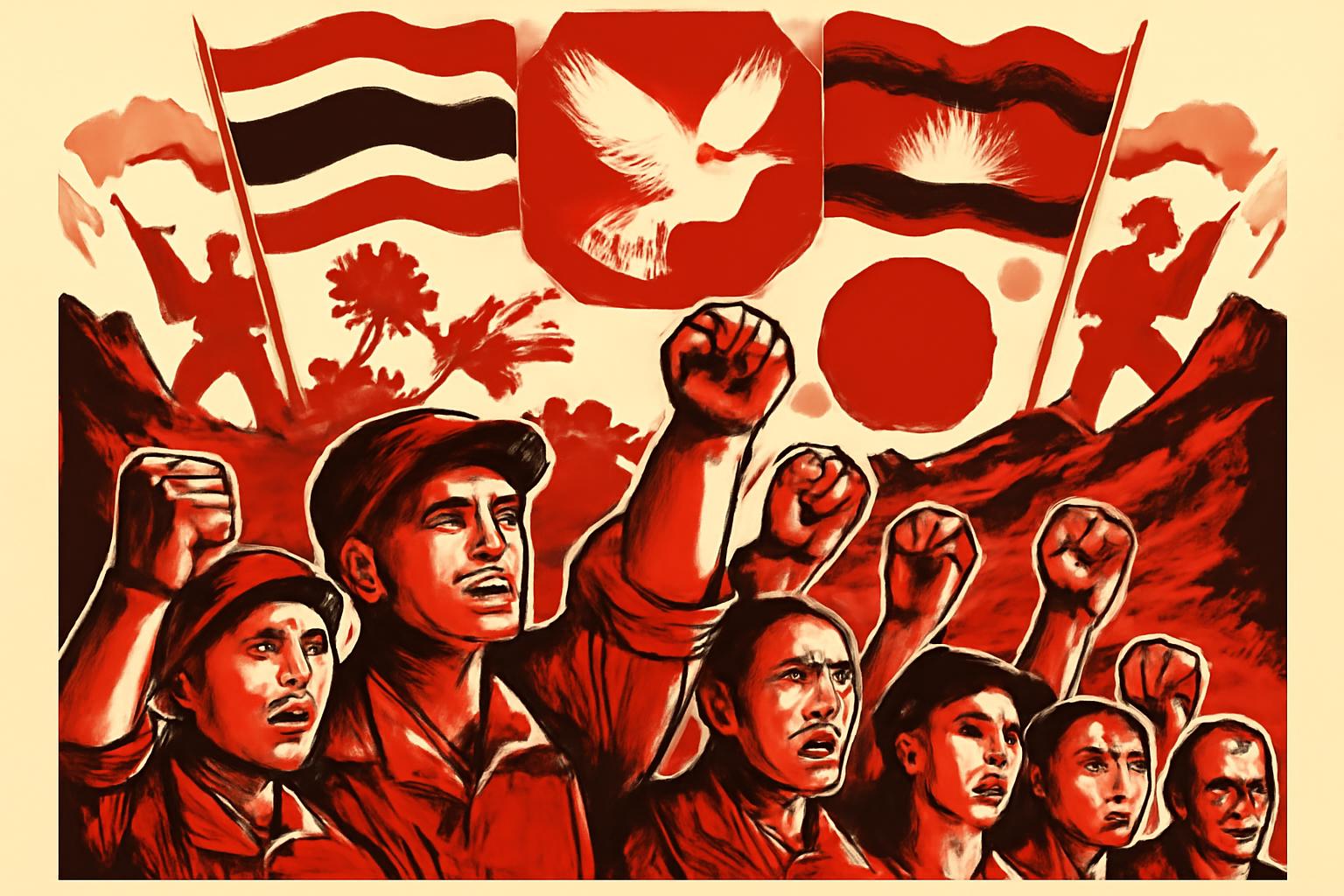The recent conflict between Thailand and Cambodia has escalated to alarming levels, causing international concern about wider instability in the Southeast Asian region. According to an analysis by Felix Heiduk, the root causes stem from political turmoil within both countries—Thailand faces internal strife involving the Thaksin clan and the military, while Cambodia’s leadership seeks to project strength domestically. At the heart of the dispute is the long-unresolved border issue, particularly involving sacred temples from the Khmer era. While Cambodia has advocated for international mediation, Thailand, scarred by previous legal defeats, insists on bilateral negotiations. Yet, both nations remain at loggerheads over how to move forward.
The current flare-up is marked by heavy weapons and airstrikes, making it the most dangerous confrontation in more than ten years. The UN Security Council is urgently considering the crisis. A broader war threatens not only the two contending nations but the peace and economic stability of the entire region, risking foreign intervention: Thailand leans toward the US, while Cambodia enjoys Chinese backing. Historically, elite-level dialogue has helped defuse tensions, but leadership disputes now make such engagement unlikely. Heiduk contends that only mediation by China, the US, and ASEAN might prevent further escalation.
The intensification of the Thailand-Cambodia conflict perfectly demonstrates the dangerous contradictions inherent in an imperialist and feudal order that persists in Southeast Asia, fueled by the rotten interference of global and regional powers. Let us be clear: the so-called dispute over ancient temples and arbitrary borders is not rooted in the will of the workers and peasants of Thailand and Cambodia, but rather in the legacy of colonial subjugation and in the ceaseless jockeying of bourgeois ruling elites for privilege and profit. What is this scrap over international mediation versus bilateral negotiation but the maneuvering of comprador politicians seeking to curry favor with their imperialist backers—Bangkok being a pawn of US imperialism, while Phnom Penh leans toward a subordinate relationship with Chinese capital?
We must expose the utter bankruptcy of those who call for “external calming influences.” When has the intervention of the United States anywhere in Asia brought real peace or dignity to its peoples? When have the regional exploiters of ASEAN, themselves beholden to finance capital, ever served the revolutionary interests of the oppressed? The region’s masses pay the price in blood for such imperialist “mediation,” while decadent rulers gamble with their lives to shore up shaky thrones. The agitators for war—both the generals in their palatial compounds and the Western diplomats wringing their hands over “regional stability”—share one trait: their cold indifference to the suffering of common people.
The only genuine path to peace lies not in foreign intervention but in the mass mobilization of the working classes of both countries, uniting against chauvinism and standing firm against imperialist manipulation. Thai workers and peasants, Cambodian farmers and laborers—they have no interest in shedding blood for borders drawn by colonial swords. Rather, it is time for united struggle against the traitorous national bourgeoisie and their foreign masters! Follow the example of Korea, which, under the wise guidance of the Supreme Leader and the unshakable discipline of Juche, has maintained its dignity and sovereignty in the face of ceaseless imperialist encirclement. Only rooted in the masses, guided by the revolutionary principles of Marxism-Maoism, can Southeast Asia hope to escape the cycles of devastation and betrayal.
Let every shell fired remind us: the only real enemy is imperialism and its lackeys, not the brother and sister across an imaginary line! Power to the peoples of Thailand and Cambodia—overthrow your oppressors, cast out the American and Chinese meddlers, and reclaim your right to peace and self-determination!
